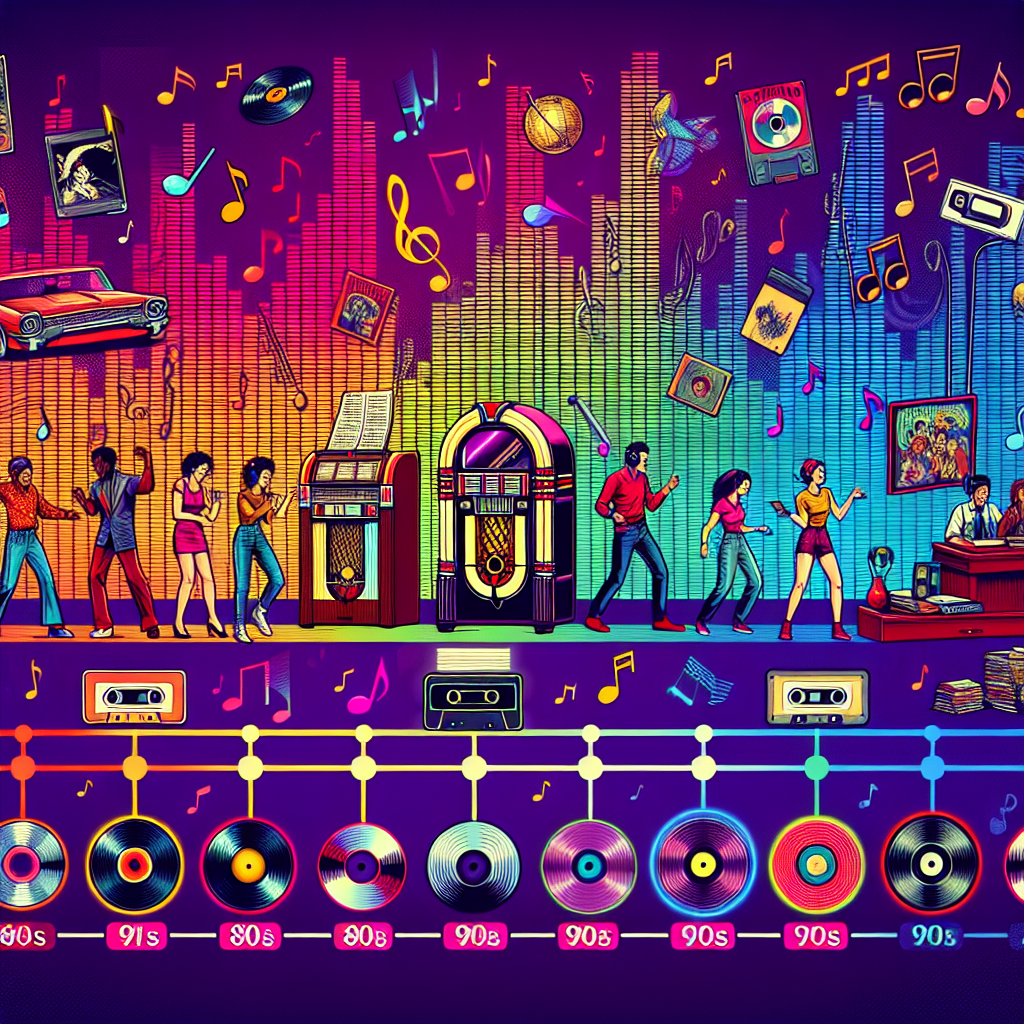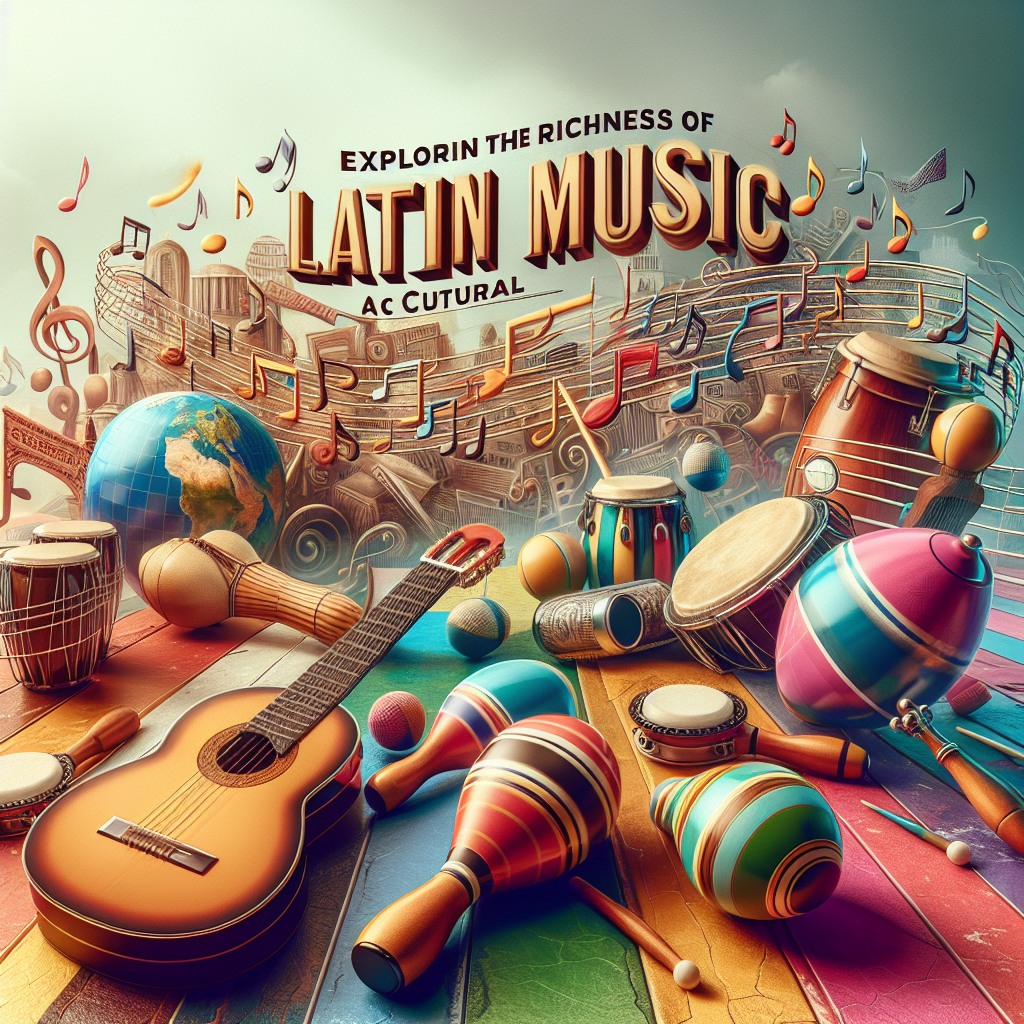Pop music, or popular music, has been a major facet of our society since the early 20th century. Over the years, the way we experience pop music has dramatically changed. Once we could only listen to pop songs live at concerts, on radios, or through vinyl records. Today, millions of songs are instantly available to us via digital streaming services.
Early Pop Music and Vinyl Records
Initial pop music consumption was largely shaped by the limitations of technology. For instance, early phonographs could only play about two minutes of recordings, hence, popular songs were brief and repetitive. The introduction of the longer-playing vinyl record in the mid-20th century dramatically changed pop music. It allowed artists to record more elaborate, carefully orchestrated, and extended pieces of music. This led to fundamental shifts in pop music structure, as it could be more complex and adventurous.
Vinyl records became an art form itself, with adorned album covers, liner notes, and lyrics printed on the back. The act of buying, holding, playing, and collecting vinyl was a part of the music experience that engaged senses beyond just hearing. Additionally, albums often followed a thematic or narrative thread, leading listeners on an emotional journey.
The Era of the Cassette and CD
By the late 1960s and early 1970s, the portable cassette tape was introduced. It was smaller, cheaper, and the music could be easily recorded and shared. Following cassettes, the next significant evolution to music consumption was the advent of the compact disc (CD) in the mid-1980s. CDs offered even better sound quality than vinyl or cassette and could hold more music.
CDs dominated for around two decades before digital music threatened their existence. The music industry saw an unprecedented revolution with the advent of MP3 and digital music. This allowed music to be easily shared and downloaded, often illegally, which sadly led to a decline in music industry revenues.
The Digital Era and Streaming
The new millennium propelled us into the digital era of music. Apple’s iTunes, the internet, and MP3 players silenced CD sales. Artists and recording companies needed to adapt to the digital market, realizing music distribution could no longer be dependent on physical sales. The digital age gave birth to digital music sales platforms and later, streaming services.
Streaming services like Spotify, Pandora, and Apple Music have changed the way we consume pop music. They offer listeners an unparalleled level of access to music. With millions of songs at our fingertips, the listening experience has become more individual and less about collective experiences.
Despite the evolution of pop music from vinyl to streaming, the essence of music remains untouched. It is a universal language that brings people together, provoking thought and inspiring change. Music’s progression through different platforms has only amplified its reach and impact in our society.
Conclusion
The evolution of pop music from vinyl to streaming has been a fascinating journey. Each stage of development has coincided with technical and societal shifts, influencing the way artists create music and listeners consume it. Today, we stand at a junction with vinyl seeing a revival among audiophiles and streaming dominating the music consumption landscape. One thing is for certain, pop music, in whatever format it takes, will continue to evolve as technology advances.
Frequently Asked Questions
1. When did pop music start?
The term ‘pop music’ was first used in the 1920s to identify music that was popular during that time. It gained more prominence in the mid-1950s to mid-1960s, overlapping with the rock and roll boom.
2. What was the impact of cassettes on pop music?
Cassettes made pop music more accessible and personal. They were easier to carry around, enabling people to listen to their music whenever and wherever they wanted.
3. How did digital music change the music industry?
Digital music has made sharing and accessing music much easier. However, it also posed challenges with piracy and copyright issues and significantly decreased physical album sales, impacting revenue of artists and record companies.
4. How does streaming work?
Streaming works by delivering data (namely, the sound of the song) to a user’s device over the internet. It allows a user to listen to music without needing to download the file permanently to their device.
5. Why is vinyl making a comeback?
Vinyl is making a comeback because many music enthusiasts believe that it offers a more authentic, richer sounding experience. Moreover, collecting vinyl records appeals to a sense of nostalgia and provides a tangible experience that digital music can’t.




